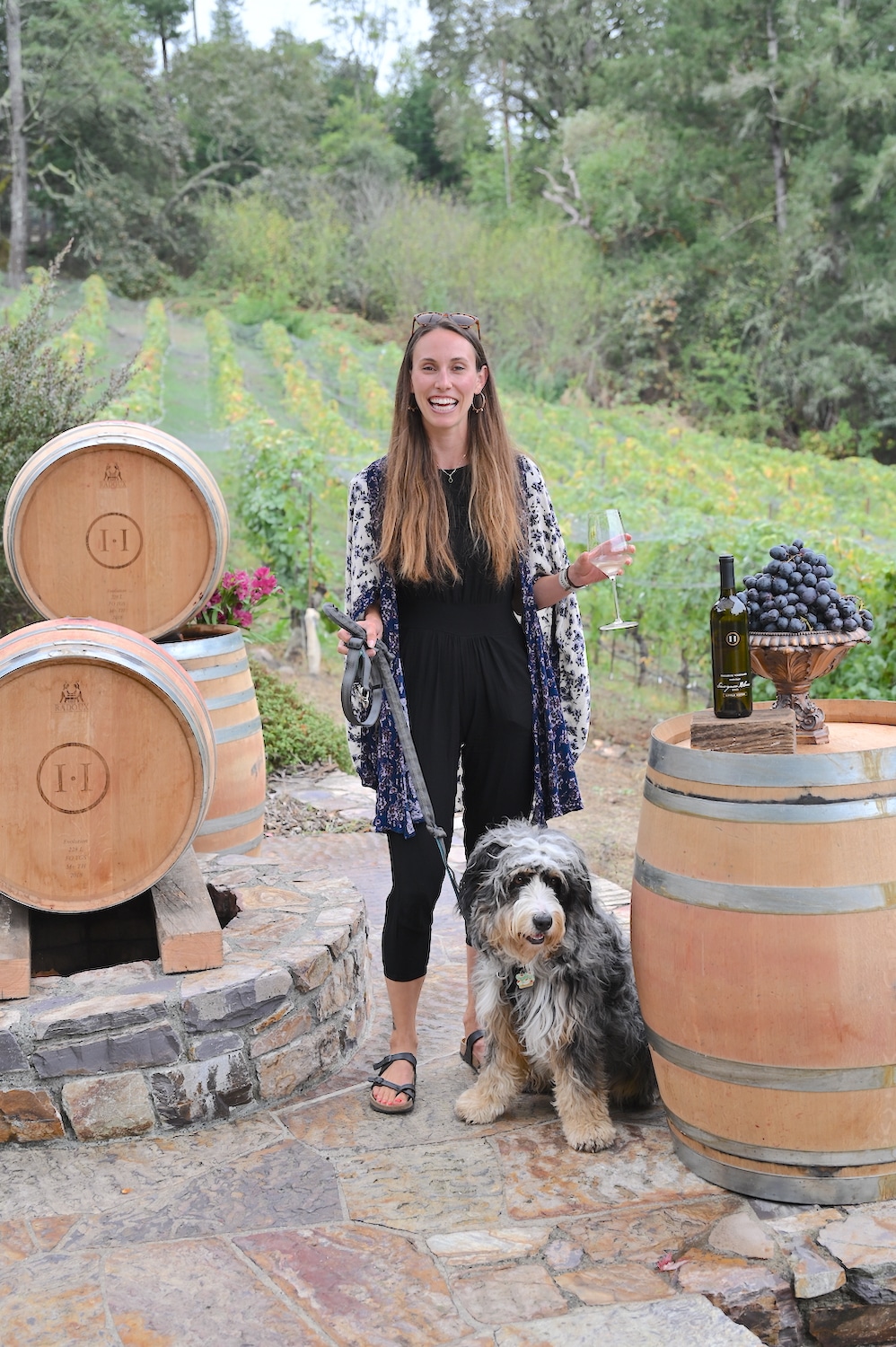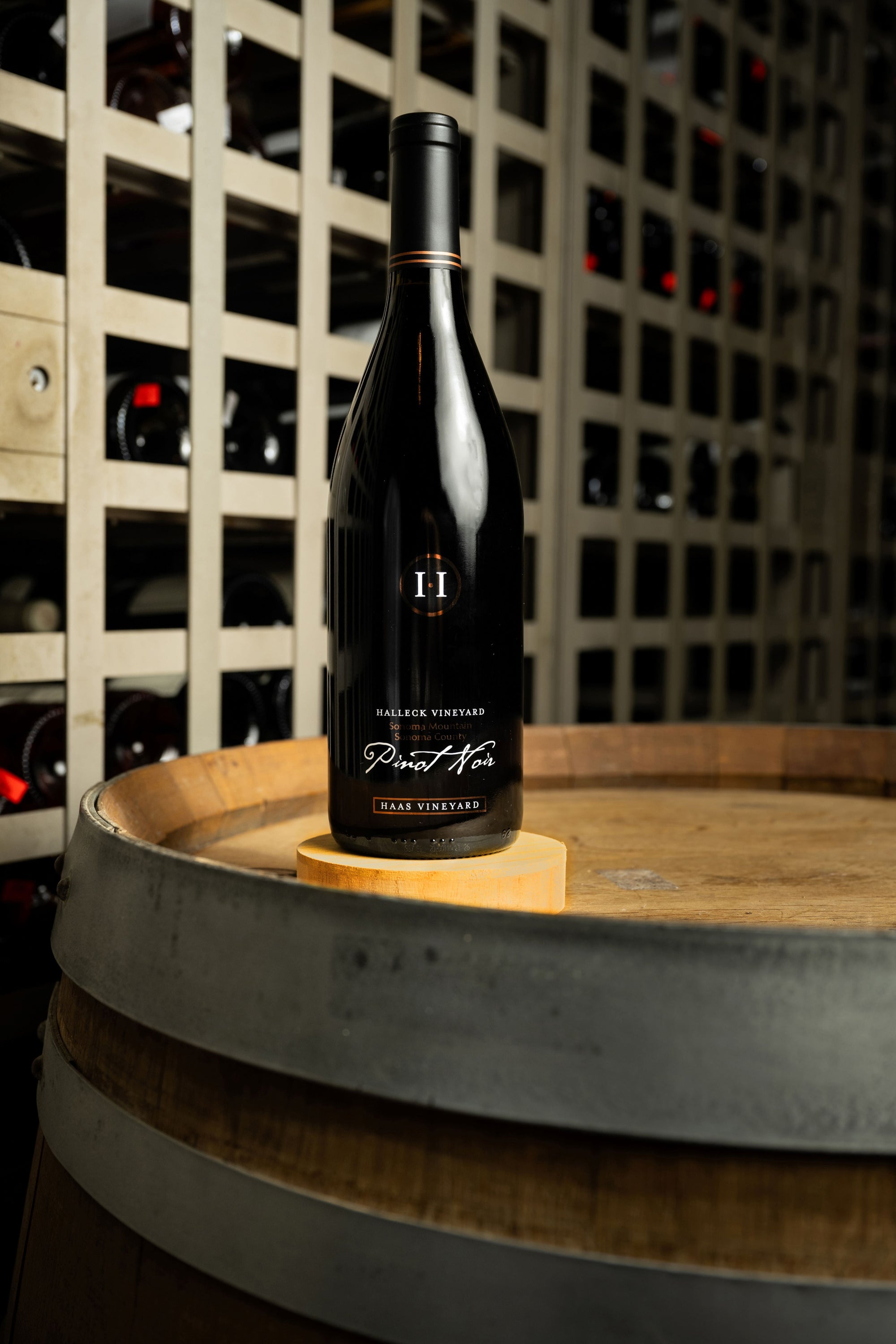Vintage Wine Tasting Experiences In Sebastopol - A Visit To Sebastopol Wineries
Vintage Wine Tasting Experiences In Sebastopol - A Visit To Sebastopol Wineries
Blog Article
Wineries With Outdoor Seating - Sonoma's Best Vineyards
Wine tasting is an art that requires practice and an understanding of varied aspects involved in the process. One crucial element of wine tasting is the development and interpretation of tasting notes, which serve as a guide for both novices and seasoned connoisseurs. A Guide To Understanding Winery Wine Tasting Notes can improve your wine-tasting experience, making it extra meaningful and pleasant.

Tasting notes are concise descriptions that seize the essence of a wine’s flavors, aromas, and general character. Often composed by professional tasters, winery tasting notes provide insights into the nuances of varied wines. They may help wine enthusiasts understand what to anticipate from a specific bottle. However, tasting notes can differ broadly in style and detail based mostly on the author's experience and palate.
Hidden Gem Wineries In Sonoma County - Vineyard Tours In Sebastopol
When you first method a glass of wine, your senses will begin to engage right away. The sight, smell, and style of the wine will converge to offer you a whole experience. Tasting notes usually begin with the visible evaluation, where the colour of the wine is taken under consideration. Shade plays a significant function in indicating the wine’s age, grape variety, and even its flavor profile.
After assessing the visible facet, the following step includes swirling the wine in the glass. This motion aerates the wine, permitting its aromas to awaken. Smelling the wine provides crucial insight into its complexity. The preliminary sniff can deliver a flood of scents that may embrace fruity, floral, herbal, or earthy notes. This is usually the most subjective a part of tasting, as individual experiences can dramatically differ.
In winery tasting notes, descriptors are often categorized into primary, secondary, and tertiary aromas. Major aromas usually stem from the grape variety, secondary aromas derive from fermentation processes, and tertiary aromas arise from aging. Understanding these classes may help you respect the depth of a wine, and they also provide the vocabulary to specific your experience better.
Wineries Near Sonoma Square - Tasting Experiences In Sebastopol Vineyards
Following the olfactory encounter, your focus will shift to the style of the wine. This is the place the primary characteristics—sweetness, acidity, tannins, alcohol—come into play. Tasting notes often element these flavors in a number of dimensions, including the preliminary attack on your palate to the lingering finish on your tongue. A high-quality wine will current a harmonious stability between these elements.
While tasting, it's important to contemplate the body of the wine, which may be described as light, medium, or full. The physique contributes significantly to your total impression, serving to you consider how the wine pairs with food or whether it stands alone as a sipping wine. Balancing the physique with the other characteristics will give you a fuller understanding of what the wine has to offer.
The end of the wine, also known as the aftertaste, is one other critical side typically included in tasting notes. A long, nice finish usually signifies a better quality wine, whereas a short or cloying aftertaste could recommend otherwise. Evaluating the end can offer additional insight into the wine's complexity and distinction.
Understanding the context of winery tasting notes can be priceless. Tasting notes can provide contextual details about the vineyard's location, local weather, and grape-growing practices. This context adds one other layer of appreciation for the wine, allowing enthusiasts to attach the sensory experience with read the full info here its origins, thus enhancing the enjoyment additional.
Wineries That Offer Food Trucks On Weekends - Wineries With Outdoor Tastings In Sebastopol
Many wineries provide tasting notes on their web sites or labels, usually written in an approachable yet informative style. Nonetheless, not all winery tasting notes are created equal. Some could additionally be overly technical, while others might prioritize advertising aptitude over insightful analysis. Studying to navigate these notes can arm you with the data to make knowledgeable selections when choosing wines.
Participating in tastings at wineries also can deepen your understanding of wine tasting notes. Interacting with educated employees can give you a extra hands-on method to exploring different wines and the language used to explain them. Best Pinot Noir Wineries In Sebastopol. You'll have the chance to ask questions, have interaction in discussions, and probably refine your palate in real time.
Experimentation is important for mastering wine tasting notes. As you sample different wines, try making your personal notes. Focus on describing the wine’s color, aroma, style, and end. Over time, you’ll develop a personal vocabulary that resonates with your sensory experiences. Every note you create will assist refine your palate, allowing you to understand wines at a deeper degree.
Romantic Winery Destinations In Sebastopol - The Charm Of Sonoma Wineries
In conclusion, a Guide To Understanding Winery Wine Tasting Notes provides a comprehensive framework for diving into the world of wines. It equips you with the strategies and language necessary to articulate your experiences. Whether you are a casual drinker or a dedicated aficionado, understanding and utilizing tasting notes can profoundly impact your wine journey. This knowledge not only enhances your enjoyment but also connects you deeply with the rich narratives every bottle tells. By embracing this journey, you turn into a part of the attractive mosaic of wine tradition, the place every sip unveils a brand new story waiting to be discovered.
- Wine tasting notes typically encompass a selection of sensory descriptions, together with aroma, flavor, acidity, body, and finish, allowing tasters to fully appreciate the wine's traits.
- To improve your understanding, familiarize your self with widespread wine terminology such as "tannins," "oakiness," or "terroir," which can help decipher the notes extra successfully.
- A systematic strategy to tasting includes first visually assessing the wine's color and readability, adopted by swirling to release aromas, then inhaling and describing what you experience.
- Taking notes during tasting can help identify patterns over time, bettering your palate and making it easier to recall preferences for future alternatives.
- Do Not overlook the influence of food pairings; tasting notes can differ significantly when a wine is enjoyed with complementary flavors, altering perception and pleasure.
- Pay consideration to the wine’s vintage, as climatic conditions in a given year can significantly affect the final product, adding one other layer to the tasting notes.
- Contemplate the winemaker's style and philosophy, which can shape the wine's profile and impact how its notes evolve with every sip.
- Working Towards with totally different grape varieties can broaden your vocabulary; each kind brings unique traits that may enhance your ability to articulate tasting notes successfully.
- Engaging with wine professionals or attending tasting events can present useful insights, offering a richer context for understanding personal tasting notes.
- Bear In Mind that tasting is subjective; individual preferences and experiences will form one’s interpretation of the same wine, enriching the overall enjoyment of wine exploration.
What are wine tasting notes?
Wine tasting notes are descriptive comments made by tasters in regards to the appearance, aroma, style, and end of a wine. They provide an summary of the wine's traits and can help shoppers perceive the style and quality of the wine.
Wineries Known For Handcrafted Wines - Exploring The Vineyards In Sonoma County
Why are tasting notes necessary when choosing wine?
Tasting notes can guide you in choosing a wine that fits your palate. They provide insights into flavors and aromas, serving to you to match wines with food or occasions. Understanding these notes enhances your general wine experience.
How should I learn wine tasting notes?
(Romantic Winery Destinations In Sebastopol)
Wineries With Live Music Events Occasionally - Wineries Near Sebastopol For Tasting
When studying wine tasting notes, take note of the construction: look for descriptions of colour, aroma, flavor, and end. This will help you grasp the wine's profile and determine if it aligns along with your preferences.
What terms commonly seem in wine tasting notes?
Common terms embrace "tannin" (the structure), "acidity" (the crispness), "body" (the weight), and varied flavor descriptors like "fruity," "earthy," or "spicy." Familiarizing your self with these phrases can deepen your understanding of wine.
Top Rated Wine Experiences In Sebastopol - Best Wineries In Sonoma For A Wine Experience
Can I create my own tasting notes?
Yes! Writing your try these out own tasting notes can enhance your wine tasting experience. Focus on your observations of taste, aroma, and other sensory characteristics. This personal practice can help you refine your palate over time.
How do I identify the aromas in wine tasting notes?
Wineries Known For Their Hospitality - Sonoma County's Best Wine Experiences
To determine aromas, practice smelling quite so much of scents and associating them with wines. Swirl the wine in your glass to release its aromas, then take a moment to breathe in deeply before identifying any prominent scents.

What is the difference between professional and personal wine tasting notes?
Professional tasting notes could use more technical language and specific terminology, whereas personal tasting notes are subjective and reflect individual experiences. Each are valuable for understanding and enjoying wine, however personal notes may resonate more together with your distinctive tastes.
How can tasting notes enhance my wine appreciation?
Vintage Wine Tasting Experiences In Sebastopol - Tasting Fine Wines In Sonoma County
Tasting notes can improve your appreciation by helping you to know and articulate the complexities of wine. They encourage aware tasting and provide a framework for comparing totally different wines, leading to a richer enjoyment of the beverage.
Are there any apps or tools to help with wine tasting notes?
Yes, there are several apps designed to help customers report and manage their tasting notes. These instruments typically supply features like flavor wheel guides and wine database searches, making it easier to track your journey by way of completely different wines. Report this page